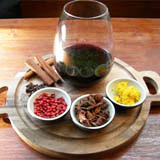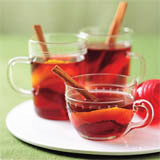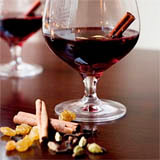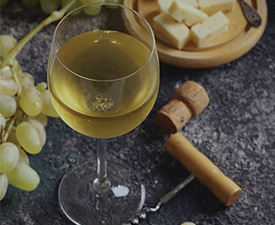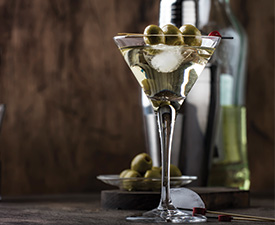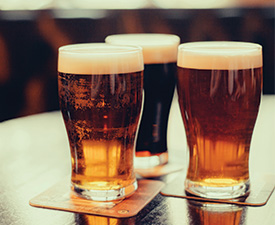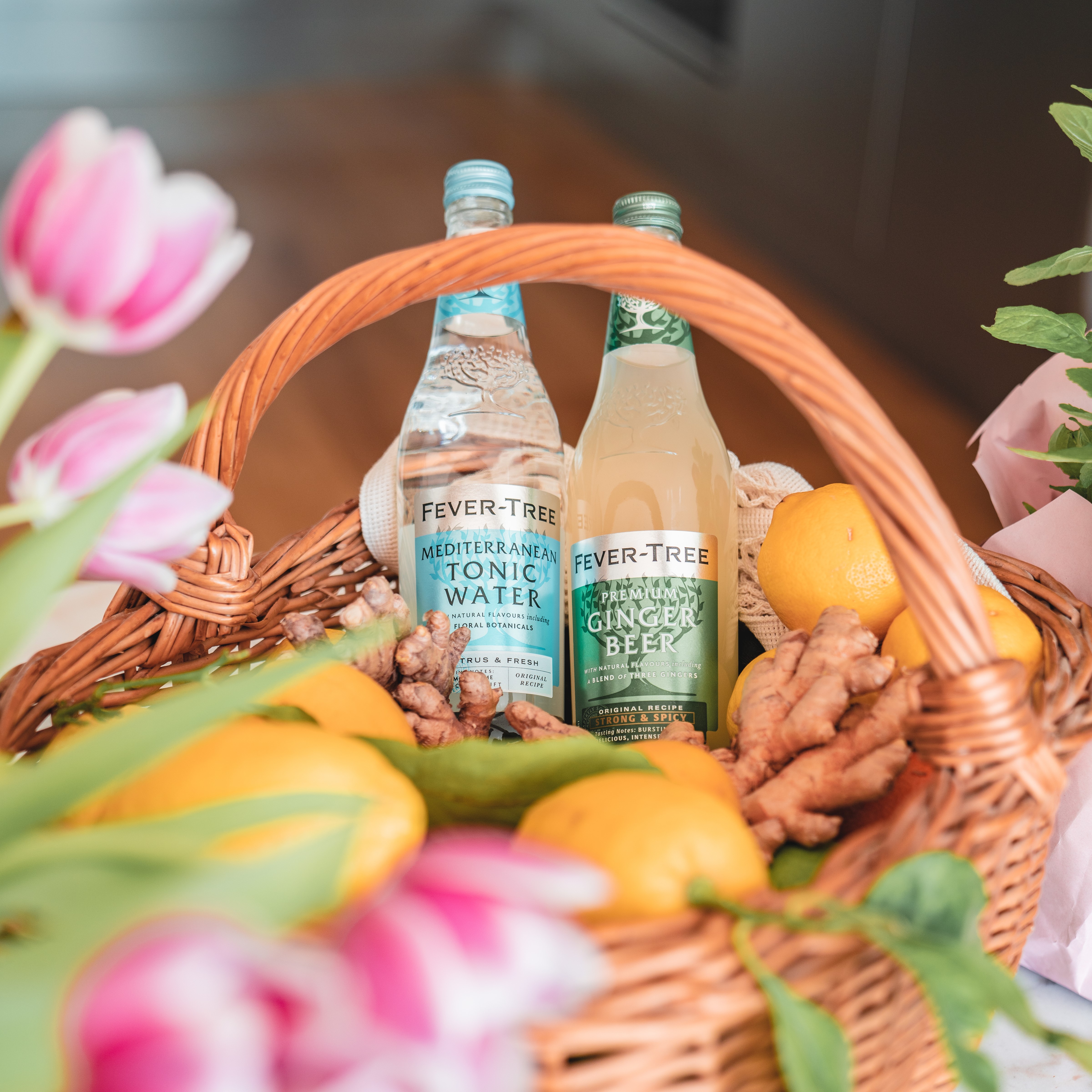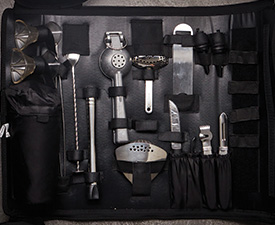Mulled wine, variations of which are popular all around the world, has been enjoyed for thousands of years, is wine, usually red, combined with spices (e.g. cloves and cinnamon) and typically served warm. Historically, when wine often went bad, by adding spices and honey, it could be made 'drinkable' again. Nowadays, it is a traditional drink during winter, especially around ski resorts and on festive winter occasions.
'Glogg' is the Nordic form of mulled wine, similar to Gluhwein in German-speaking countries. Gluhwein is usually prepared from red wine, heated and spiced with cinnamon sticks, vanilla pods, cloves, citrus and sugar.
Almonds and raisins are often added to the Scandinavian version, though not to the German mulled wine. Fruit wines such as blueberry wine and cherry wine are sometimes used instead of grape wine in Germany. The oldest Gluhwein tankard is documented in the high noble German and first Riesling grower of the world, Count John IV of Katzenelnbogen around 1420. This gold-plated lockable silver tankard imitating the traditional wine woven wooden can is called 'Welcome'.
In Romania it is called 'vin fiert' (boiled wine), and can be made using either red or white wine, sometimes adding peppercorns to the brew. In Moldova the 'izvar' is made from red wine with black pepper and honey. In Italy, mulled wine is typical in the northern part of the country and is called 'vin brule'.
Sangria, a popular punch in many Spanish-speaking countries, is made with red or white wine mixed with sugar and plain or sparkling water, flavoured with citrus fruits, and served chilled.
Mulled wine is easy to make and can be made with white, rose and red wine as the base and as few or as many spices and fruits that you have in your home, so the next cold night in with family and friends, think about making and enjoying a glass of mulled wine.
